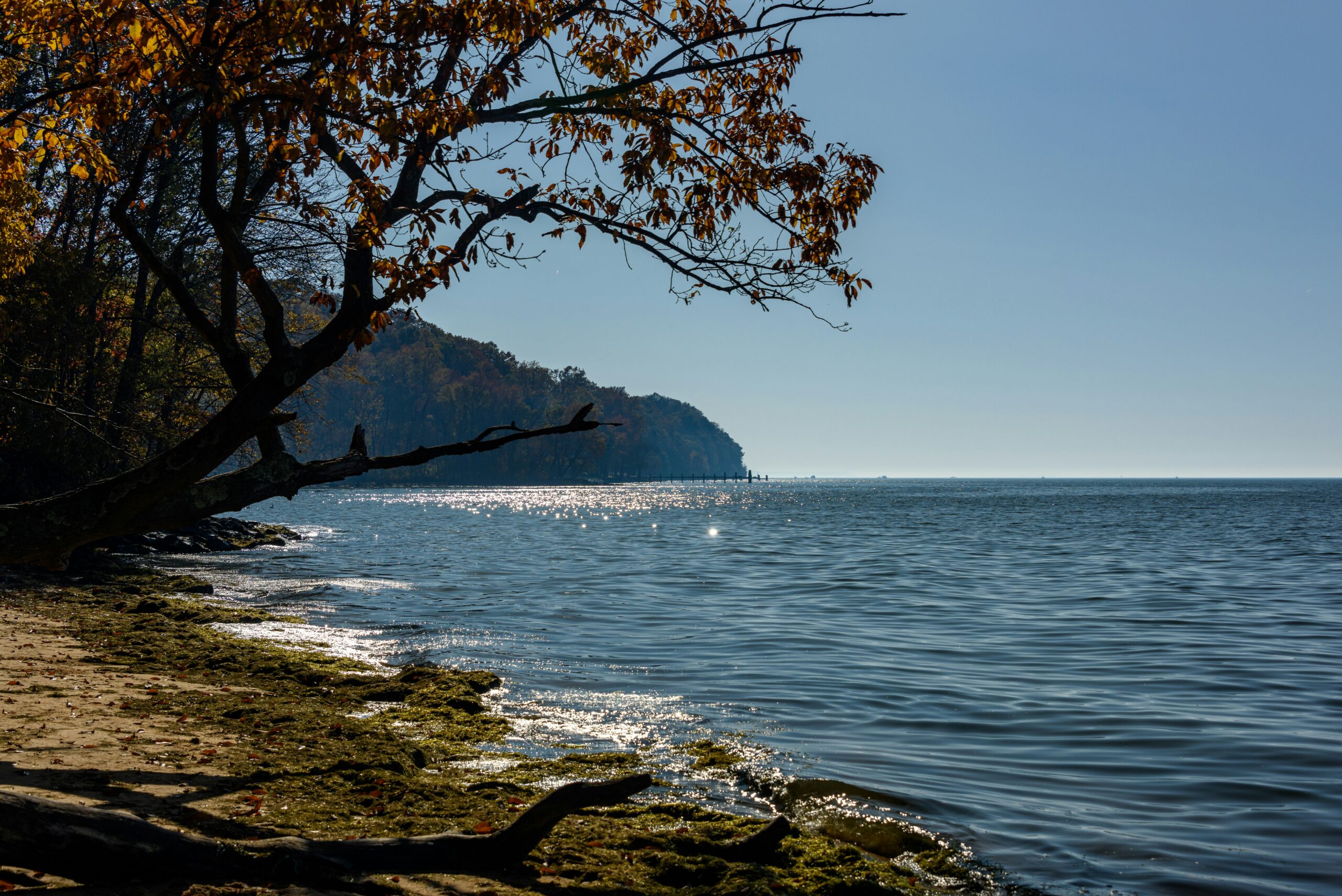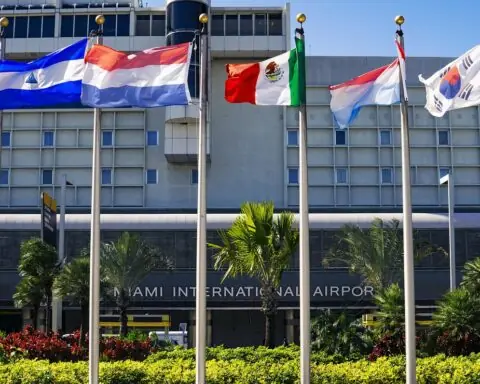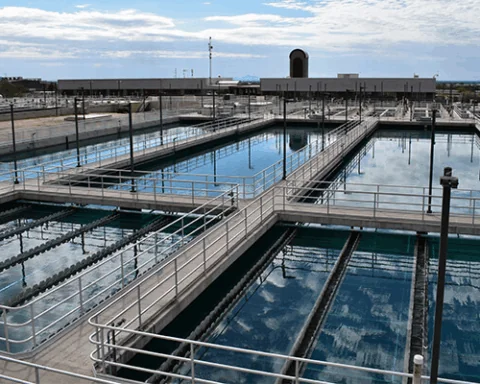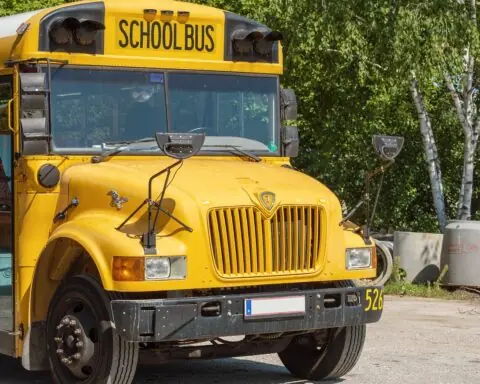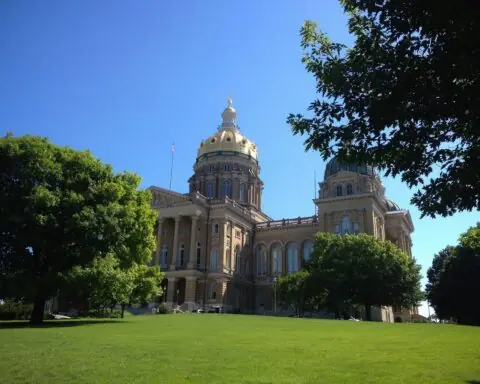Scientists and conservation organizations want to bring nature back to one of America’s most historic waterways in an attempt to remediate a legacy of pollution. Humans have been impacting the environment of Chesapeake Bay in Virginia and Maryland since the time of the Pilgrims. Now, with $23.8 million in funding from the Environmental Protection Agency, a new collection of projects aims to reverse centuries of ecological decline.
The Chesapeake Bay Small Watershed Grants Program has been quietly working to restore the bay’s ecosystem for over two decades. Overseen by the nonprofit National Fish and Wildlife Federation, the program is designed to clean up parts of the bay as well as the watersheds that drain into it. The program’s will also leverage an additional $12.8 million in matching contributions, bringing the total conservation impact to $36.6 million.
The Chesapeake Bay, the largest estuary in the United States, is more than an ecological haven; it’s also the lifeblood of the mid-Atlantic region, having been central to regional trade from the colonial era to today. Several busy ports are accessed through the bay, including the Port of Virginia in Norfolk and the Port of Baltimore.
However, this economic use has come at a cost. Centuries of agricultural runoff, urban development, and industrial pollution have taken their toll on marine life. The bay’s iconic oyster population has plummeted to a fraction of its historical levels, while once-abundant fish species struggle in oxygen-depleted waters, which in turn economically hurts local fishing and tourism industries.
The grants support a wide array of projects, from hands-on restoration work like planting native species to improving water quality through innovative stormwater management techniques. Others aim to restore vital habitats or help coastal communities adapt to rising sea levels and increasingly severe storms.
One of the most ambitious projects targets brook trout habitats in New York’s Butternut Creek watershed. With nearly $1 million in federal funding and another half million in matching funds, the nonprofit Trout Unlimited plans to remove the Morris Pond Dam, reconnecting over 4 miles of stream habitat. It’s intended to help trout populations, restore the historic floodplain, and result in the state forest acquiring six acres of land that’s currently privately owned.
On Virginia’s Northern Neck peninsula, the nonprofit Friends of the Rappahannock is taking on coastal erosion. Their $755,500 federal grant and more than $500,000 matching funds will support the installation of 40 “living shoreline” projects, a nature-based approach to protecting coastlines. The project aims to restore sediment and nutrients to parts of the shore, making it more habitable for native species.
In Pennsylvania, Alliance for the Chesapeake Bay is piloting changes to poultry farming. Their $500,000 grant and more than $650,000 match will support the implementation of regenerative agriculture practices on poultry farms. The group will work on 120 acres of farmland, implementing practices to manage manure and runoff and plant cover crops. The approach aims to demonstrate smarter agricultural practices while stopping pollution from reaching the bay.
Urban areas are also set to receive funding. In Baltimore, Blue Water Baltimore secured $1 million from the EPA and almost half a million matching funds to build more green infrastructure across the city. From rain gardens to permeable pavements, the group will work at more than a dozen sites around the city. By installing infrastructure that will soak up rainwater, the project aims to reduce flooding and filter out pollution before it reaches the bay.
Photo by Steve Adams on Unsplash



